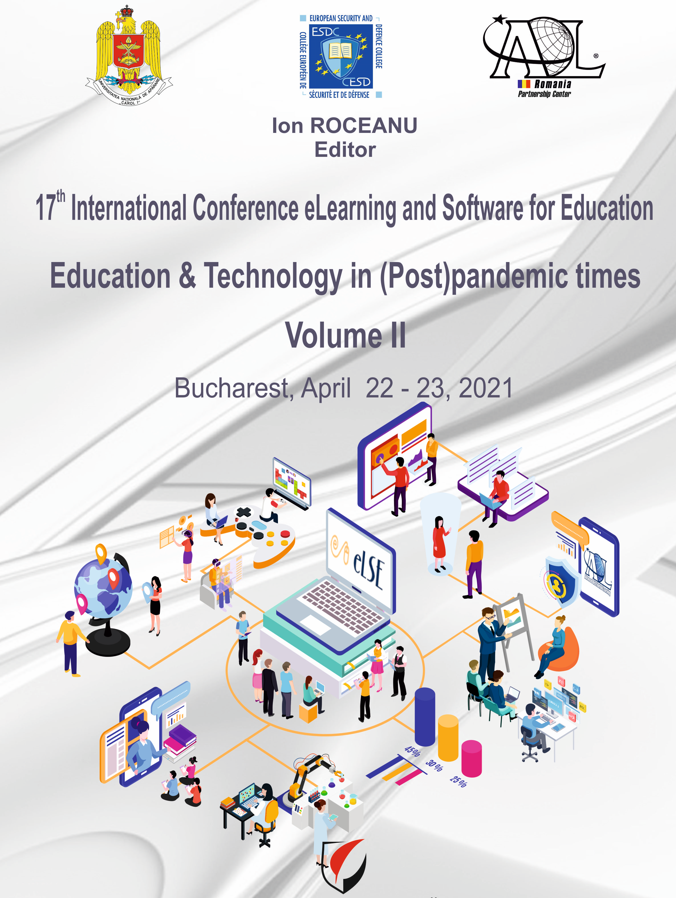TRANSLATION ERROR IN GOOGLE TRANSLATE FROM ENGLISH INTO ROMANIAN IN TEXTS RELATED TO CORONAVIRUS
TRANSLATION ERROR IN GOOGLE TRANSLATE FROM ENGLISH INTO ROMANIAN IN TEXTS RELATED TO CORONAVIRUS
Author(s): Angela DumitranSubject(s): Health and medicine and law, Translation Studies, ICT Information and Communications Technologies
Published by: Carol I National Defence University Publishing House
Keywords: translation errors; Error Analysis; Machine Translation; Google Translate; Romanian-English;
Summary/Abstract: Both the emergence of the pandemic and lack of knowledge and/or time needed to translate texts related to this topic brought about an increased interest in analysing Neural Machine Translation (NMT) performance. In this study, we seek to fulfil the following purposes: 1.to examine types of translation errors from English into Romanian; 2.to establish the causes of those errors or find possible explanations for them; 3.to evaluate the quality and accuracy of Google Translate when translating health information from English to Romanian. The study provides theoretical insights, by explaining operational concepts, such as error, Machine Translation terminology, and the construction of Machine Translation lexicons and contrastive aspects of the two languages involved in the process. The lexical contrastive analysis, the branch of comparative linguistics, emphasizes the interferences of the languages in contact in the process of translation, the main objective being to optimize the machine translation system of operating. Some areas of knowledge, such as domain terminology, verb or noun patterns, multiword expressions, general vocabulary and domain-specific vocabulary are implemented in order to detect the lexical errors and to improve the lexical knowledge of Romanian in the Machine Translation database. The data collection comprises the coronavirus vaccine prospects and texts collected from official websites and translated using Google Translate and Google Languages Tools. Samples of errors, potential translation issues, and MT bad performance are manually examined in order to conduct a linguistic error analysis. Once the data is collected, the errors will be identified, classified, described and finally analysing the Machine Translation through a descriptive methodology. From the data analysed, there are more than 50 lexical and semantic errors that are approached through descriptive methodology. By examining types of errors in translation from English into Romanian and analysing the potential causes of errors, the results will be used to illustrate the quality and accuracy of Google Translate when translating public health information from English into Romanian, to observe how much the message is affected by the error, in order to sharpen up linguistic awareness. The results of the study can ultimately help improve of the quality of NMT in terms of better lexical selection and attempt to give inputs as a contribution for a more adequate translation into Romanian by Google Machine Translation. The proposed research will focus on the identification and typology of translation errors. In order to fulfil the objectives and to prepare the analysis of the lexical and semantic errors, the English texts will be paired with the equivalent version from Romanian given by Google Translate. This work presents a first step towards automatic analysis of machine translation output. The current research that analyses the raw English-Romanian translations from Google Translate about coronavirus will show the degree of intelligibility and the errors that could lead to misinformation or ambiguous contexts.
Journal: Conference proceedings of »eLearning and Software for Education« (eLSE)
- Issue Year: 17/2021
- Issue No: 02
- Page Range: 37-43
- Page Count: 7
- Language: English

